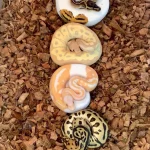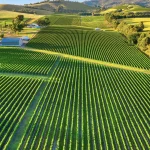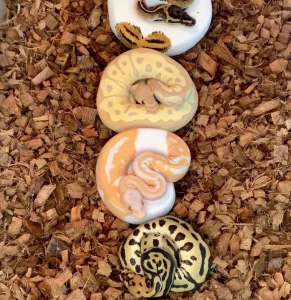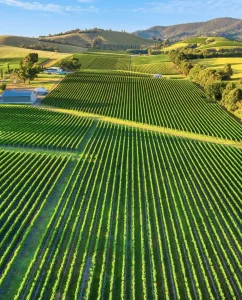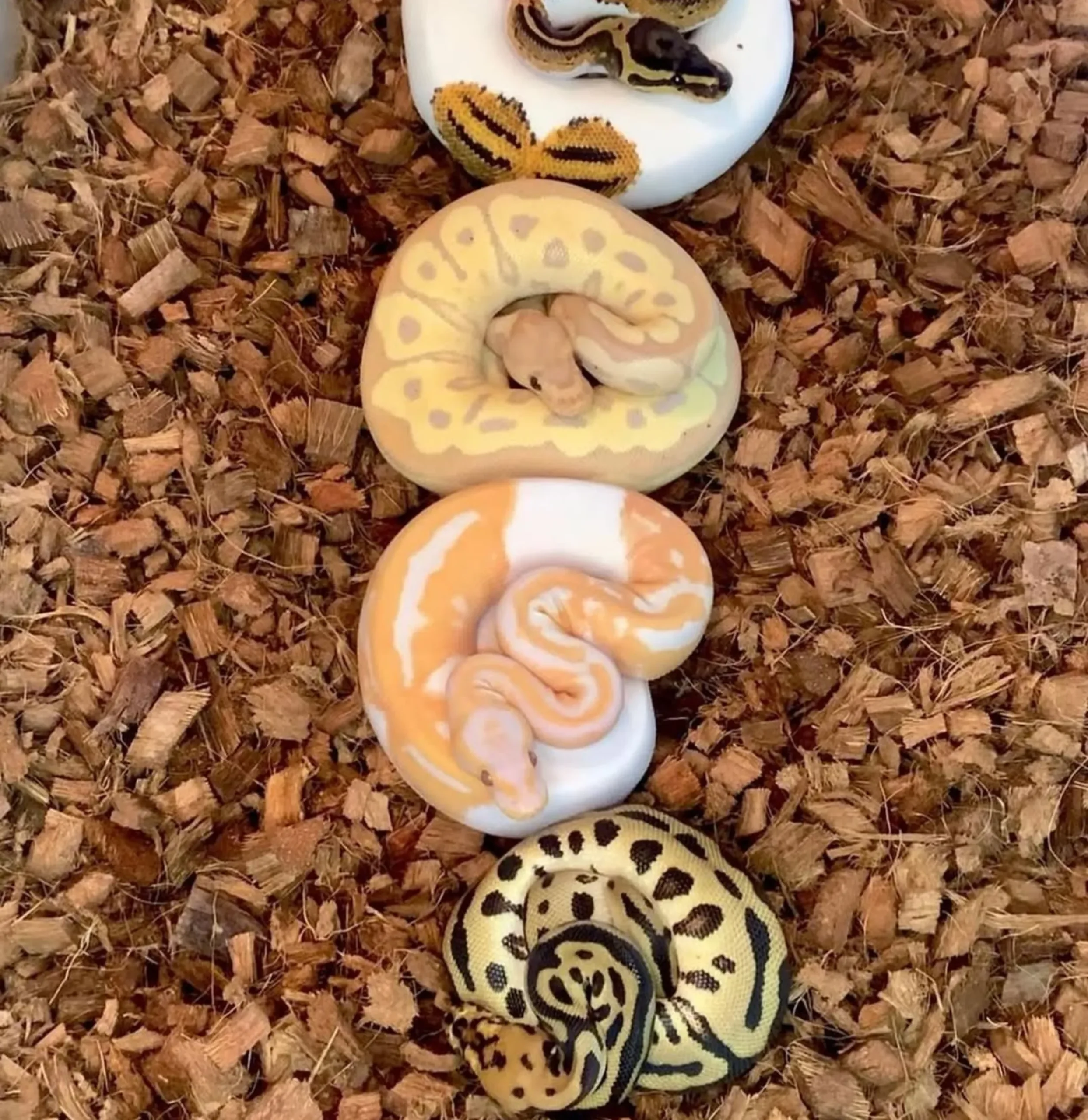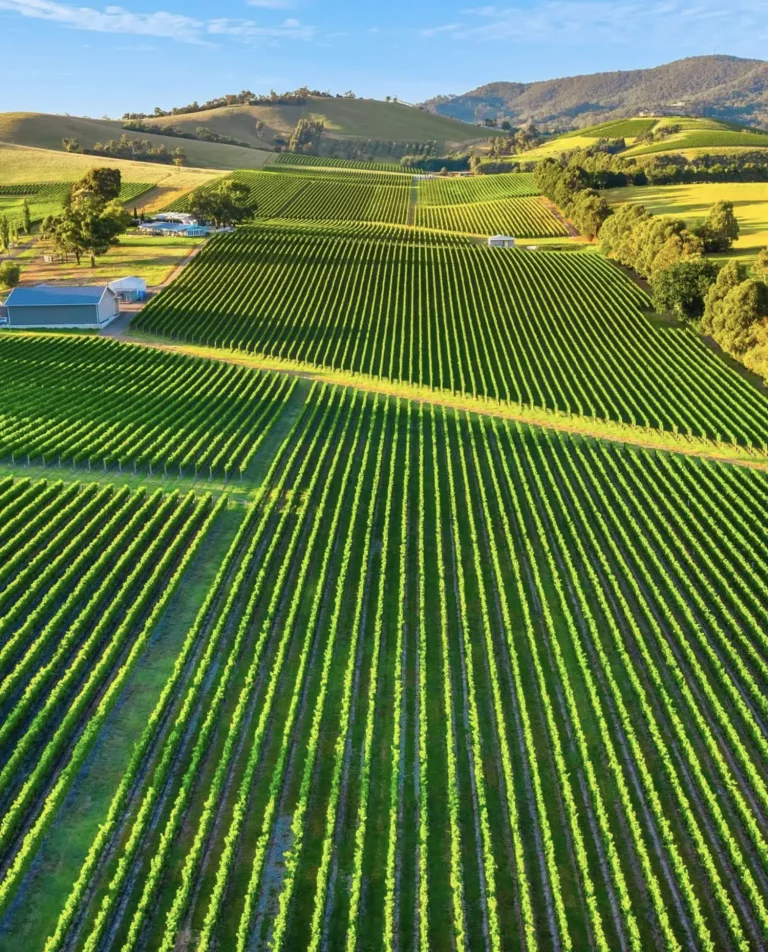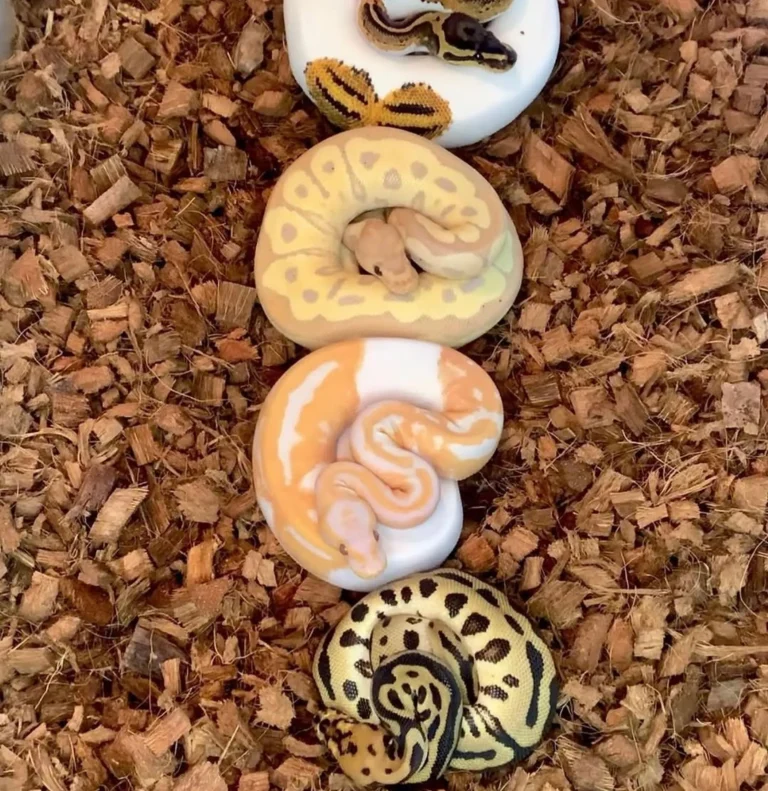Kakadu National Park in the Northern Territory of Australia is one of the most beautiful and diverse places on the planet. With its wetlands, escarpments and monsoon forests, it’s a nature lover’s paradise. Snakes are part of the ecosystem here, but what does that mean for visitors?
Guardians of the Wetlands
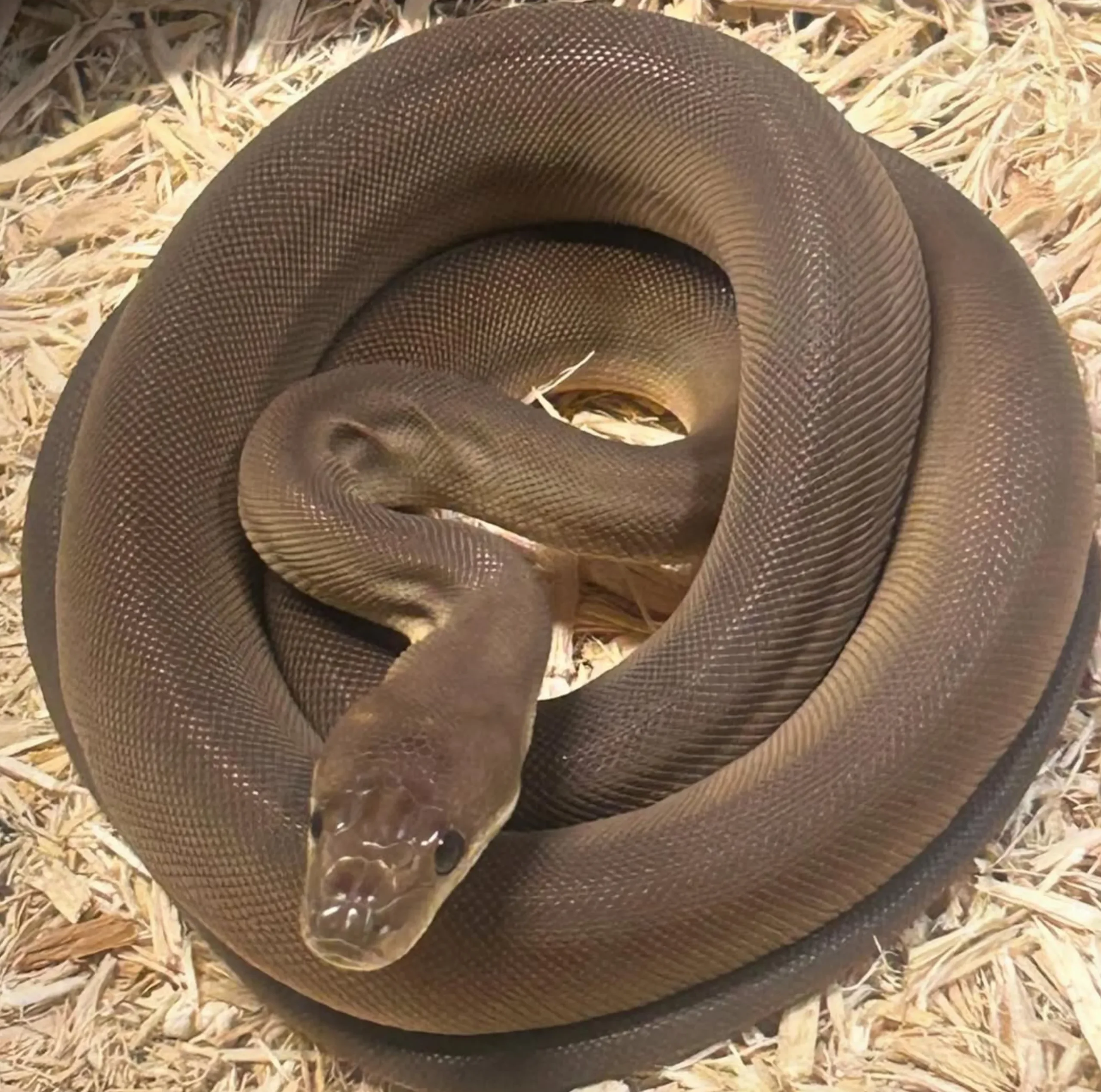
Kakadu National Park has many snake species, from harmless pythons to venomous snakes. Some of the common ones are:
- Olive Python – Large non-venomous snake found near waterholes and rocky areas.
- Water Python – Non-venomous snake with iridescent scales found in freshwater billabongs and shallow waters.
- King Brown Snake (Mulga Snake) – Venomous but not as aggressive as its reputation.
- Northern Death Adder – Highly venomous and well camouflaged in leaf litter.
- Children’s Python – Small, non-venomous snake no threat to humans.
- Golden Tree Snake – Patterned snake found in arboreal habitats.
These snakes play a vital role in the park’s ecosystem by controlling rodent and invasive species populations and other small animals. They are also prey for native predators like the white-bellied sea-eagle and other birds. The diverse habitats of Kakadu from tidal flats and rocky outcrops to freshwater billabongs are perfect for these reptiles.
Snakes in Kakadu’s Ecosystem
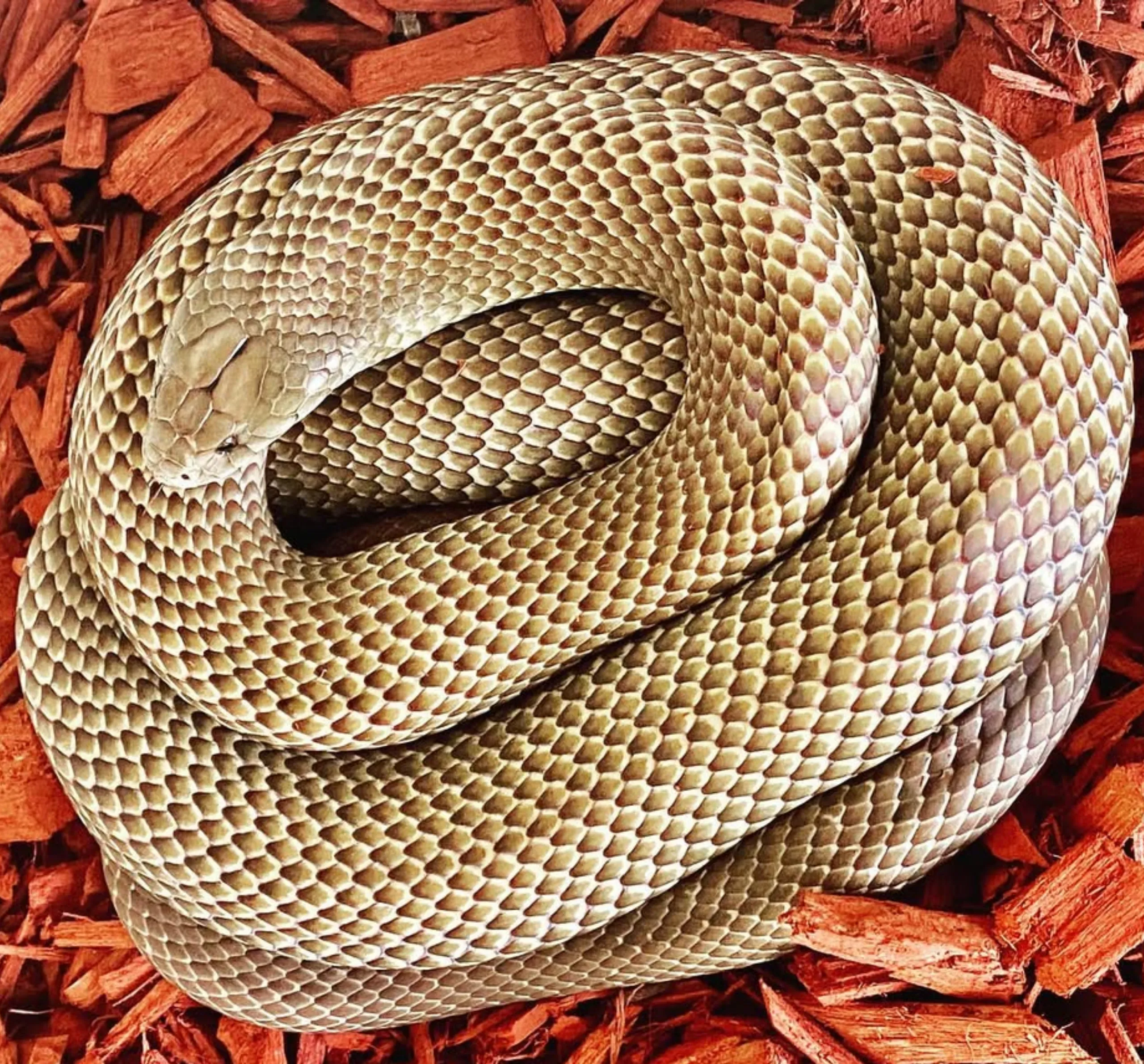
Snakes are part of the balance of life in Kakadu. They control prey animal populations and are a food source for native predators. These amazing animals are a vital part of the park’s wildlife. The largest predators in Kakadu, like saltwater crocodiles, even eat snakes, showing their place in the big picture of Kakadu’s ecosystem.
Other Reptiles and Wildlife
While snakes are a big part of the park, Kakadu has many other reptiles. From dragon lizards to tree lizards and crocodiles, the reptiles here are amazing. The freshwater crocodile, Crocodylus johnstonii, coexists with the saltwater crocodile, the biggest reptile on earth. Both species of crocodile are found in the park’s many aquatic habitats, from tidal rivers to deep waterholes.
Frogs are another highlight of Kakadu’s wildlife. During the wet season rains, hundreds of frogs, including the toxic rock frog, emerge. The sounds of frogs fill the air as they breed in the shallow waters, adding to the cacophony of Kakadu’s life. These frogs are a food source for many other animals, including snakes.
Birds of Kakadu
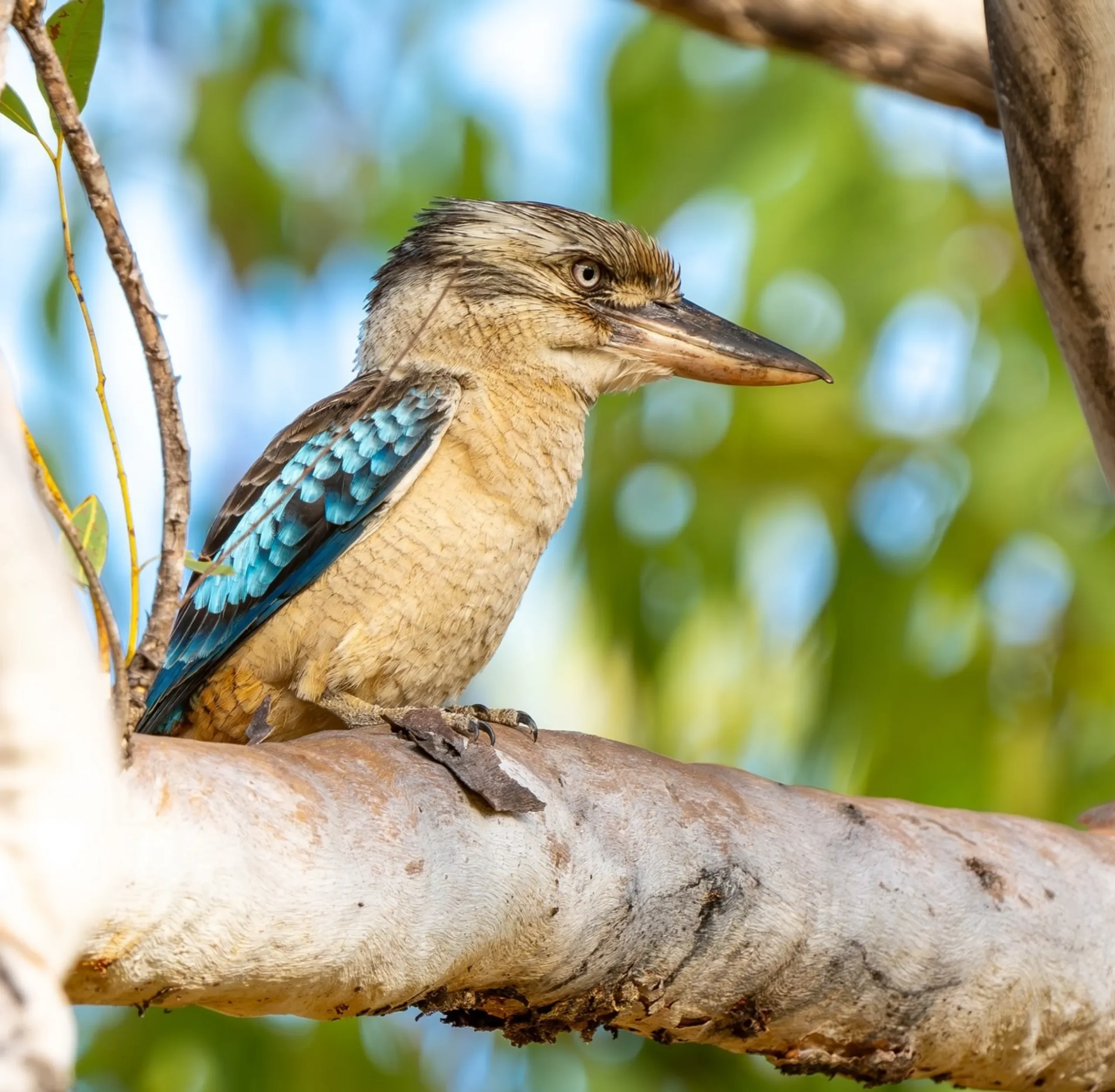
Kakadu is a bird lover’s paradise with migratory birds, water birds and native species like the rainbow pitta. The park’s aquatic habitats and waterholes attract stork species and noisy colonies of white-bellied sea-eagles. Scenic flights over the park show the nesting season activities of various bird species and offer stunning views of Kakadu’s landscape.
The Truth About Snakes
While snakes are present, attacks or bites are rare. Snakes are generally shy and will avoid humans. Most snake encounters occur when they are stepped on or disturbed by accident. The common snakes of Kakadu, brown snakes and water pythons, are not aggressive unless provoked.
Here are some tips:
- Stay on track: This reduces the chance of snake encounters.
- Wear the right footwear: Closed-in shoes will protect you from accidental bites.
- Be careful around rocks and long grass: Snakes like to hide in these areas during the dry season.
- Don’t provoke snakes: If you see one, give it space to move away.
Traditional Owners
The traditional owners of Kakadu, the Bininj/Mungguy people, have a deep understanding of the park’s environment. Their knowledge of the habitat and its inhabitants helps maintain the balance of Kakadu’s biodiversity. They manage habitat loss and protect water quality so there’s food for native and migratory species.
Aquatic Life and Scenic Experiences
Kakadu’s coastal waters and billabongs are full of marine life and aquatic species. You can swim with turtles or watch the turtles and fish in Kakadu’s waterways. These habitats support a huge array of water birds and other wildlife that feed on the food provided by the park’s rich environment.
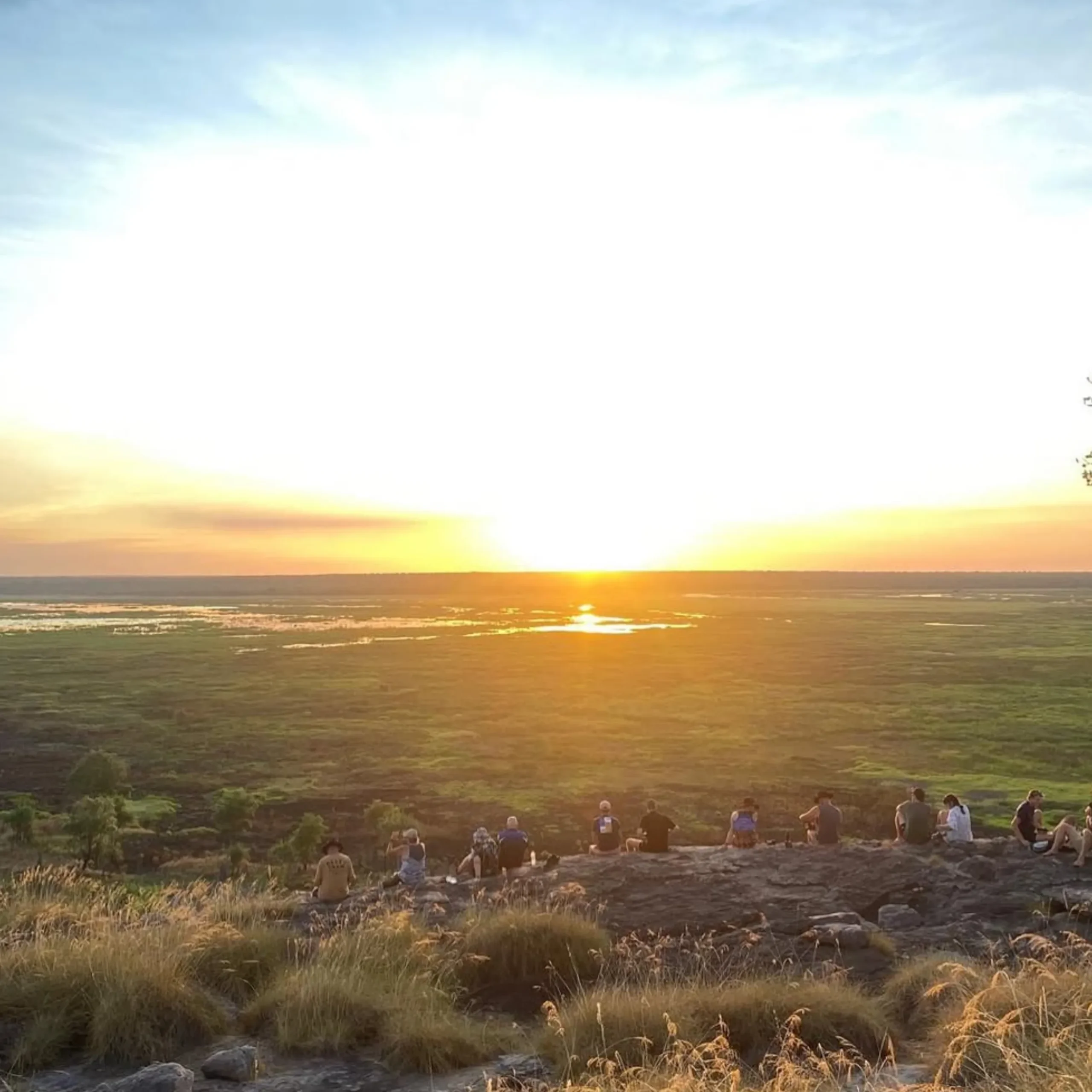
Scenic flights over Kakadu show you the tidal rivers and rocky outcrops, a bird’s eye view of this diverse and old ecosystem. The wet season brings life to the park, creating beautiful landscapes and refilling habitats as the seasons change.
Kakadu Tours
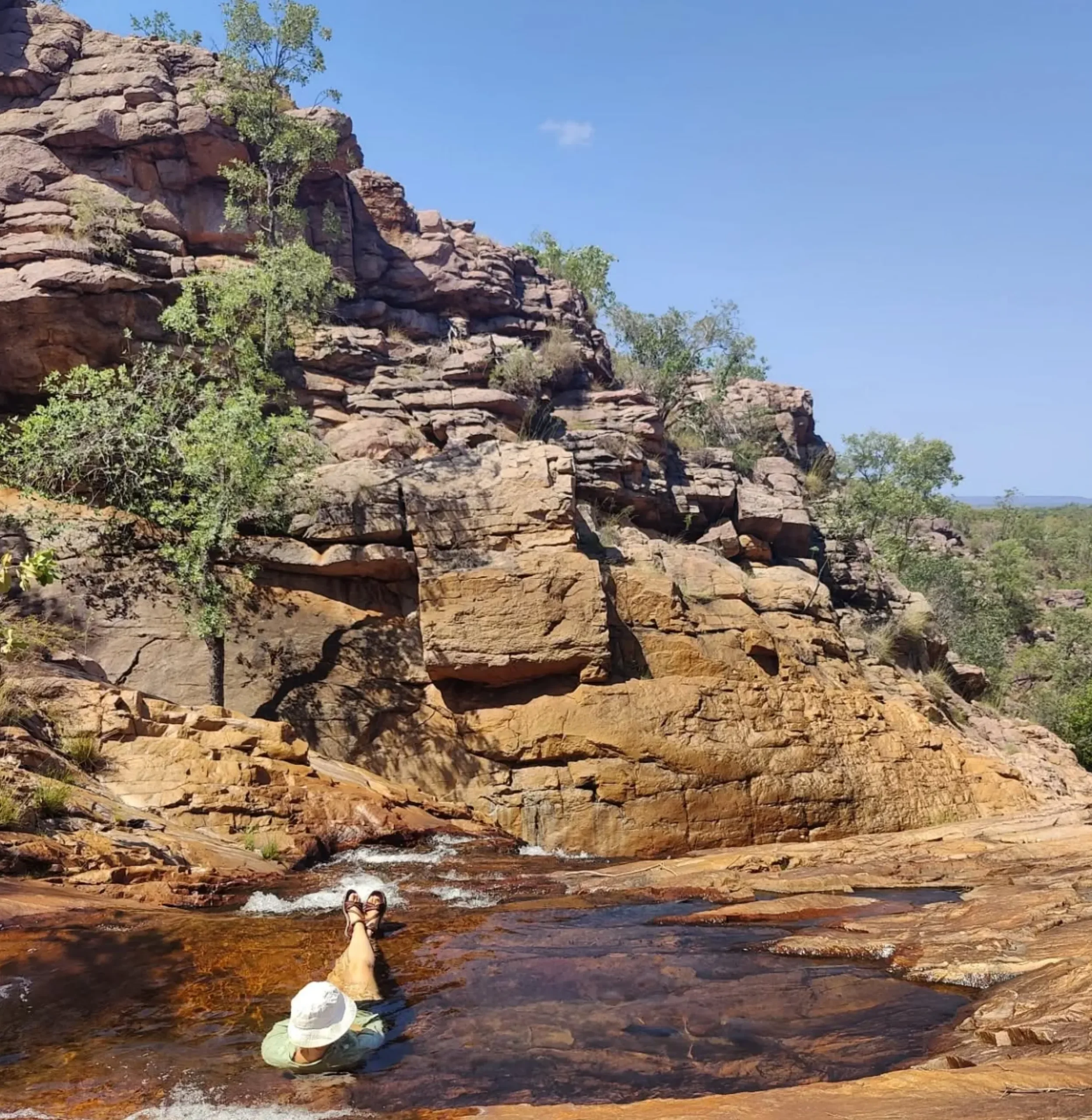
To see all of Kakadu’s wildlife and habitats join a 2 day Kakadu tour from Darwin. Autopia Tours offers in-depth experiences, taking you through Kakadu’s stunning landscapes, tidal flats, rocky outcrops and forests. Nearby Litchfield National Park and Nitmiluk (Katherine Gorge) are also part of the adventure, making the Northern Territory a must see destination.
FAQ
What snakes are in Kakadu National Park?
Kakadu has many snakes, non-venomous like olive pythons and venomous like king brown snakes and death adders. Water pythons and golden tree snakes are also common.
Are snakes in Kakadu dangerous to me?
Some snakes are venomous, but most are shy and will avoid you. Snake bites are very rare if you take precautions.
What do I do if I see a snake in Kakadu?
Stay calm, back away slowly and don’t disturb the snake. Inform park rangers if necessary.
When should I avoid snakes in Kakadu?
Snakes are more active during the warmer months and breeding season. Visiting during the cooler dry season will reduce encounters.
Be snake-safe in Kakadu?
Stay on track, wear good shoes and watch out in long grass, deep waterholes and rocky outcrops.
